Dishwasher drain into drain
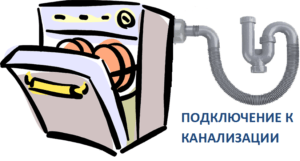 The dishwasher cannot operate autonomously. She needs a connection to cold or hot water supply, as well as a connection to the sewerage system. Connections must be organized securely so that the hoses do not accidentally break off and cause a flood. Today we will talk about organizing the drainage of the dishwasher into the sewer. We will discuss how you can connect to the sewer system, what you will need for this, and provide instructions for carrying out the work.
The dishwasher cannot operate autonomously. She needs a connection to cold or hot water supply, as well as a connection to the sewerage system. Connections must be organized securely so that the hoses do not accidentally break off and cause a flood. Today we will talk about organizing the drainage of the dishwasher into the sewer. We will discuss how you can connect to the sewer system, what you will need for this, and provide instructions for carrying out the work.
Connection options
To properly connect the dishwasher to the sewer, you need to choose a connection method, purchase the necessary materials, collect tools, and then, according to the instructions, implement the connection yourself. Let's start with connection options. In some cases, people don’t bother at all with connecting the dishwasher drain hose to the sewer. They simply throw the free end of this hose into the sink. When the machine starts draining the water, the sewage goes into the sink and flows down the drain.
This “connection” option cannot be called aesthetic and practical, since after each use of the dishwasher you will have to wash the sink. If we talk about the actual connection of the PMM to the sewer system, then we can distinguish three main methods.
- Direct connection of the dishwasher to the sewer pipe outlet. This option is very simple, but it will not suit everyone, since not everyone has free sewer outlets in their kitchen. Usually there is only one outlet and it is already connected to the siphon.

- Connecting the drain hose to the siphon fitting. This is the most popular way. Modern siphons have several fittings, which remain plugged when not in use. If you look under the sink now, you can make sure that your siphon also has a fitting. If not, you will have to change the siphon. The PMM drain hose is connected to the fitting and the sewage from the machine goes into the sewer through a siphon.
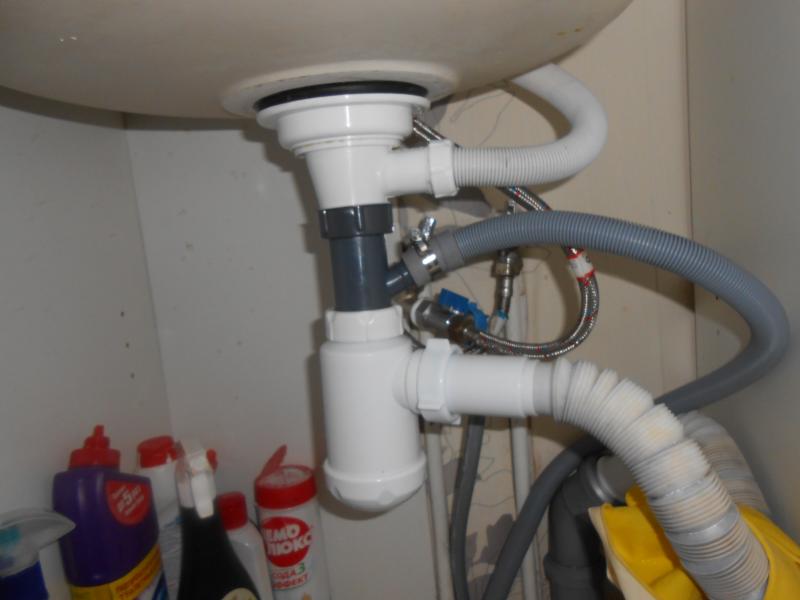
- Connection via tee. This method is good if you have both a dishwasher and a washing machine in your kitchen. A special tee is placed between the siphon and the sewer pipe. The drain hoses of the washing machine and dishwasher are connected to its two outputs.
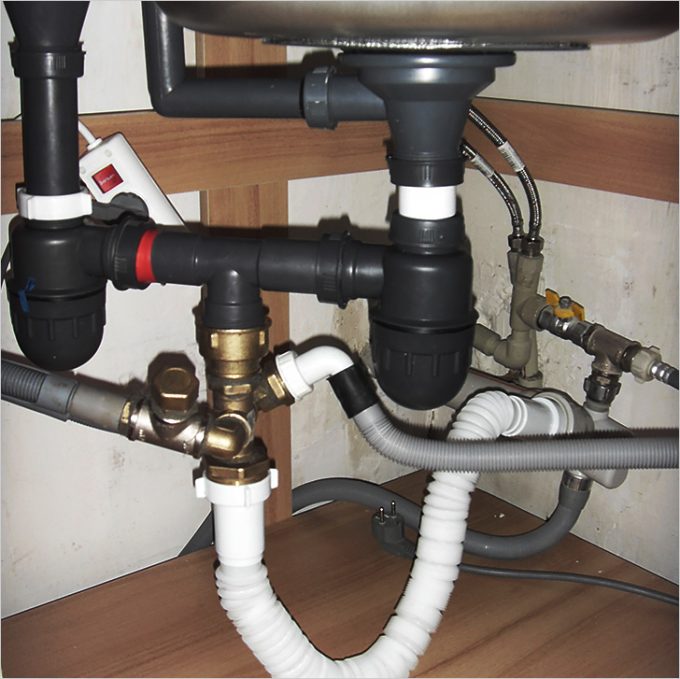
It turns out very convenient. Sewage from the washing machine, from the sink and from the dishwasher is pumped through one tee. All this goes down the drain without any problems.
Having chosen a connection option, you should not rush to get to work. You need to estimate the distance from the location of the dishwasher to the point where it connects to the sewer. You may ask: why do this? And we will answer: if the distance from the dishwasher to the point of connection to the sewerage system is more than 3 meters, there is a risk of damaging the pump, which, pumping sewage with the greatest load, will wear out twice as fast. It is very important to try to install the PMM closer to the sewer.
We collect everything you need
If we are talking only about connection Whirlpool dishwasher (or any other) to the sewer, no special tools are required. All you need to do is take an adjustable wrench and a handy tool for winding. The composition of the components will depend on the method you choose to connect the machine to the sewer.Are you organizing a direct connection? Then you need an adapter for a 40 or 50 mm sewer pipe, depending on which pipe you have installed, two clamps and a check valve.
If you decide to connect to the siphon fitting, then you will not need any components at all. Of course, provided that you already have a siphon under your kitchen sink that has a free side fitting. When connecting the drain hose through a tee, you will need a tee with a diameter of 40 or 50 mm, 4 clamps, 4 adapters of the appropriate diameter and a check valve.
Description of the connection process
Now you can proceed to connecting the PMM to the sewer. Let us describe the process of connecting through a tee, which we mentioned in the previous paragraph.
- First, we install the dishwasher body strictly level. In principle, this should be done immediately, even before organizing the connection process, but we decided to remind you of this again.
- We check that the hose reaches the connection point and that there is still some margin so that the drain hose can be bent.
The drain hose must be extended so that the distance to the floor is at least 40 cm.
- We install a tee between the siphon and the pipe, first installing adapters on it and putting on clamps.
- We install a check valve on the outlet of the tee.
- Connect the drain hose to the outlet of the check valve.
- We either plug the free outlet of the tee or connect the washing machine drain hose to it.
- We wind up the connections with a thong and tighten them with clamps.
- We bend the drain hose so that the unpleasant smell from the sewer does not get into the dishwasher.
Why is a check valve needed? You can, of course, do without it, but then troubles may arise. If a blockage forms in the sewer, the check valve will save the dishwasher from sewage, which, in this case, can flow back into the PMM system. Such a valve is inexpensive, so it’s better to install it.
As you can see, connecting a dishwasher to a sewer is not at all difficult, one might say that it is even simple. The main thing is to know the basic rules and under no circumstances break them, the rest is trifles. Good luck!
Interesting:
Reader comments
- Share your opinion - leave a comment
Categories
Washing machine repair


For buyers

For users

Dishwasher

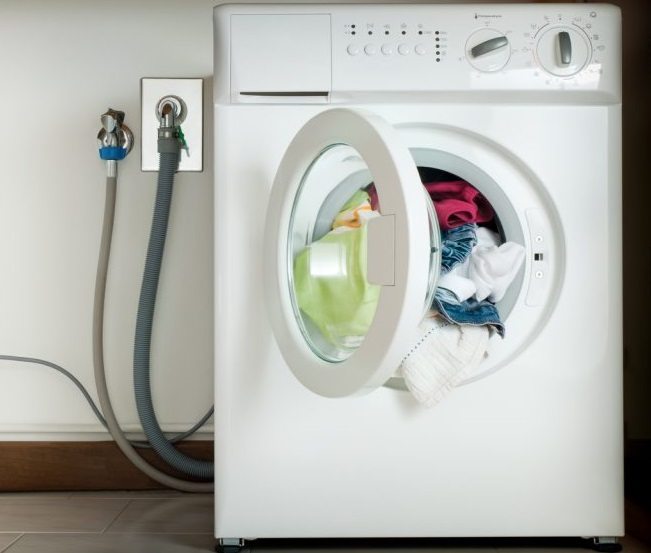
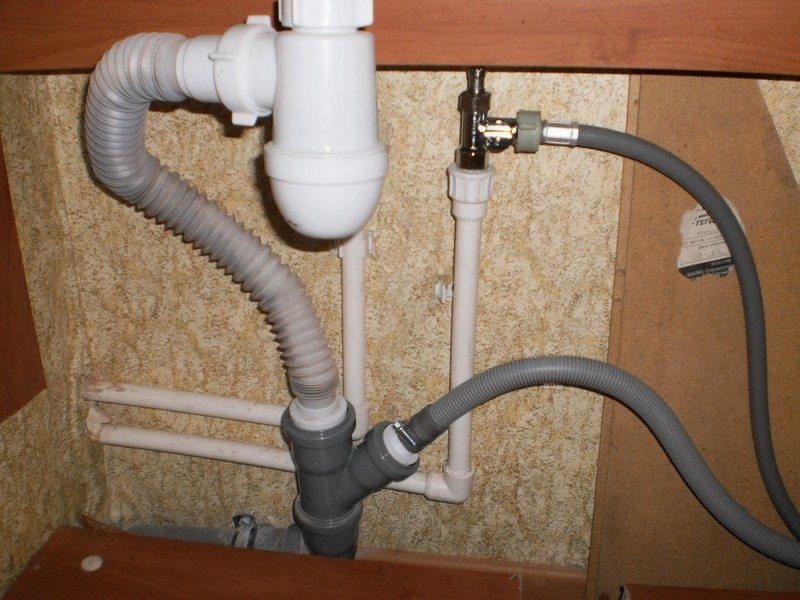


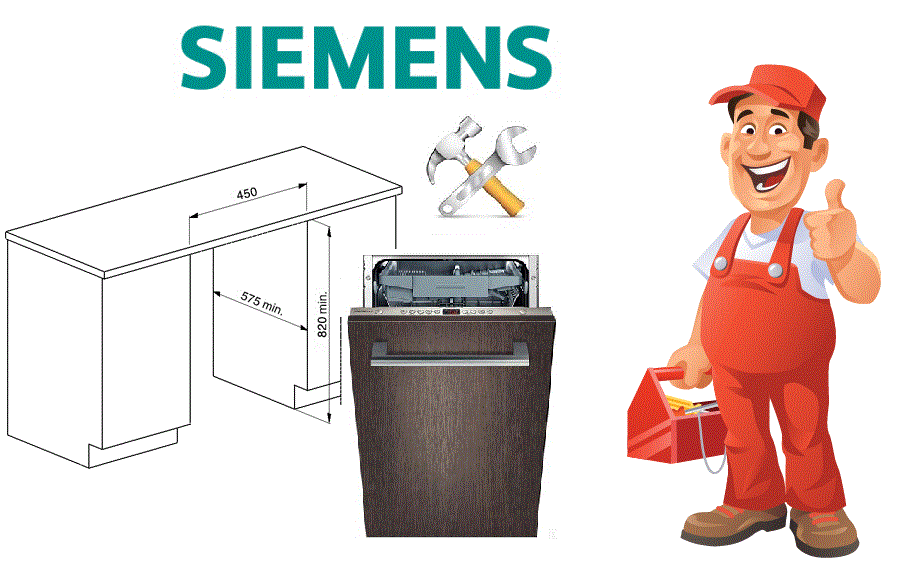











Add a comment